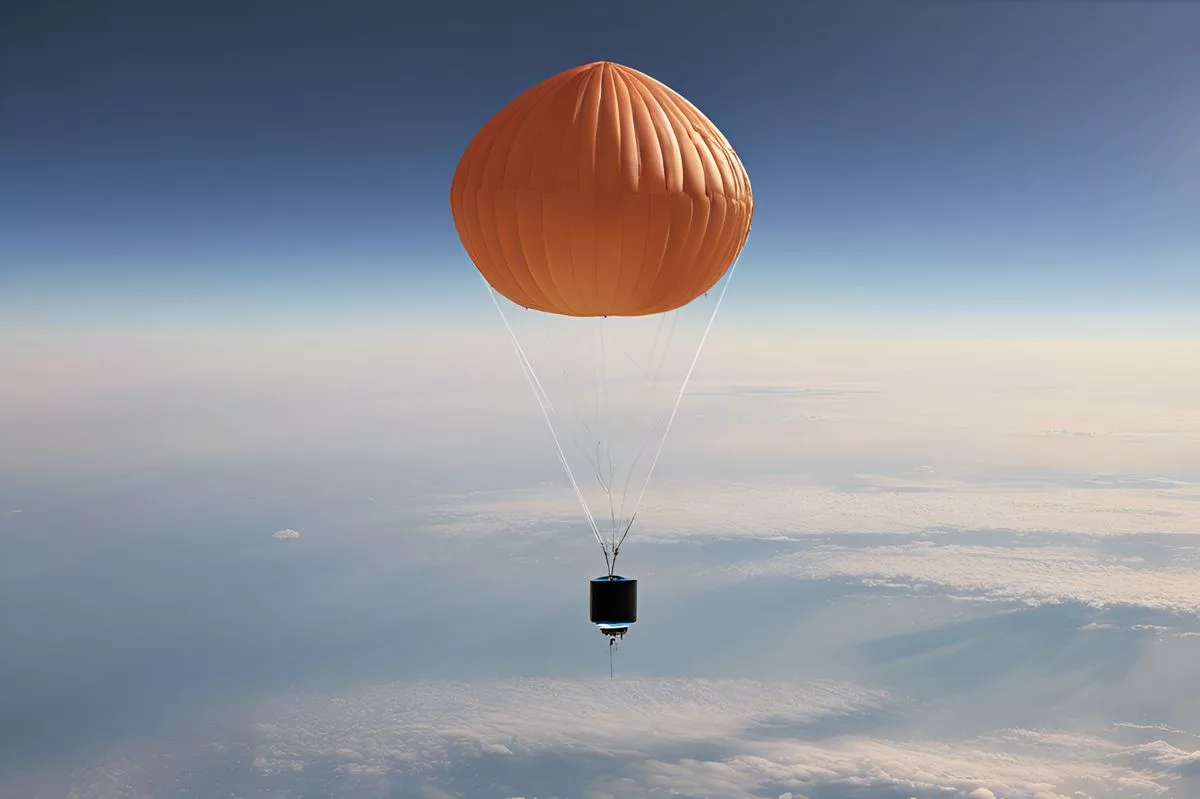South African retailer, Game, made history by sending a can of Koo baked beans to the edge of the atmosphere using a weather balloon. The can travelled 38,000 meters into the stratosphere and back in a total of 2 hours and 44 minutes, while being tracked for live data. The mission was part of a Leap Day promotional weekend, showcasing Game’s creativity and innovation in the retail industry.
How did Game send a can of baked beans to space?
Game, a South African retailer, sent a can of Koo baked beans to the edge of the atmosphere using a bespoke weather balloon. The can travelled 38,000 meters into the atmosphere, taking only 1 hour and 37 minutes to reach the stratosphere. Game obtained a Flexible Use of Airspace clearance and fitted the payload with two trackers for live data during the flight. The mission was part of a Leap Day promotional weekend, showcasing Game’s creativity and innovation.
Innovative Marketing Endeavour
In an ingenious fusion of marketing and celebration of Leap Day, Game, a renowned South African retailer, astounded the world by propelling a can of baked beans to the edge of the atmosphere. This groundbreaking move earned Game the recognition of being the pioneer South African retailer to attain such a feat, concurrently creating an extraordinary amalgamation of business, gastronomy, and space science.
This narrative veers away from the norm of canned beans merely sitting on supermarket shelves. Instead, we embark on the extraordinary space odyssey of a can of Koo baked beans. To execute this unusual mission, Game commissioned a bespoke, environmentally friendly weather balloon. The central attraction, a can of Koo baked beans, and a camera to document its unprecedented journey, was tethered to it.
Space Journey Details
On 22nd February, the can was propelled into the stratosphere, travelling a staggering 38,000 meters into the atmosphere. From the Earth’s surface to the stratosphere, the can’s remarkable journey took only 1 hour and 37 minutes, with the entire voyage clocking in at 2 hours and 44 minutes.
This voyage to space was more than just a demonstration of engineering and marketing prowess. It was a meticulously planned part of a Leap Day promotional weekend, tailored to fascinate consumers and etch an indelible memory in their minds.
Game’s dedication to safety and environmental responsibility is praiseworthy. They made sure that the bean can’s trip did not disrupt usual aerial traffic, nor did it endanger birds, aircraft, or even hypothesized UFOs. The baked beans returned safely to Earth after their historical voyage, reinforcing Game’s focus on safety.
Mission Preparations
The company went to great lengths to ensure the success of this mission. According to Michelle Kemp, Game’s public relations manager, they obtained a Flexible Use of Airspace (FUA) clearance after numerous applications with the Air Traffic and Navigation Services. To provide live data during the flight, the payload was fitted with two distinct trackers, whose details were relayed every 10 minutes to the ATNS team.
The can of baked beans was not sent on this monumental journey without a preliminary test. It was subject to a rigorous trial run before the final take-off. According to Kemp, the second launch was fitted with a radar transponder, fulfilling all ATNS prerequisites.
Beyond Retail Boundaries
With this audacious manoeuvre, Game has undeniably taken a “giant leap for bean-kind.” The company has made its mark on history, dared to think outside the box, and pushed the limits of conventional retail sales. This is not merely a marketing ploy, but a testament to the creativity, audacity, and innovation that sets Game apart in an intensely competitive retail industry.
So, the next time you visit a Game store and come across a can of Koo baked beans, remember, it’s not just a can of beans; it’s a symbol of a can that reached for the stars and achieved the seemingly impossible. This story of a can of beans is a tribute to Game’s spirit – a spirit that is prepared to explore uncharted territories, shatter boundaries, and leave an unforgettable mark.
1. What did Game do to make history?
Game, a South African retailer, sent a can of Koo baked beans to the edge of the atmosphere using a weather balloon, making it the first South African retailer to achieve this feat. The can travelled 38,000 meters into the stratosphere and back in a total of 2 hours and 44 minutes, while being tracked for live data.
2. Why did Game send a can of baked beans to space?
The mission was part of a Leap Day promotional weekend, showcasing Game’s creativity and innovation in the retail industry.
3. How did Game ensure the safety of the mission?
Game obtained a Flexible Use of Airspace clearance and fitted the payload with two trackers for live data during the flight. They ensured that the bean can’s trip did not disrupt usual aerial traffic, nor did it endanger birds, aircraft, or even hypothesized UFOs.
4. How long did it take for the can to reach the stratosphere?
The can travelled 38,000 meters into the atmosphere, taking only 1 hour and 37 minutes to reach the stratosphere, with the entire voyage clocking in at 2 hours and 44 minutes.
5. How did Game prepare for the mission?
The company obtained a Flexible Use of Airspace (FUA) clearance after numerous applications with the Air Traffic and Navigation Services. To provide live data during the flight, the payload was fitted with two distinct trackers, whose details were relayed every 10 minutes to the ATNS team. The can was also subject to a rigorous trial run before the final take-off.
6. What is the significance of this mission for Game?
This mission is more than just a marketing ploy, but a testament to the creativity, audacity, and innovation that sets Game apart in an intensely competitive retail industry. It showcases their dedication to safety and environmental responsibility while pushing the limits of conventional retail sales.









